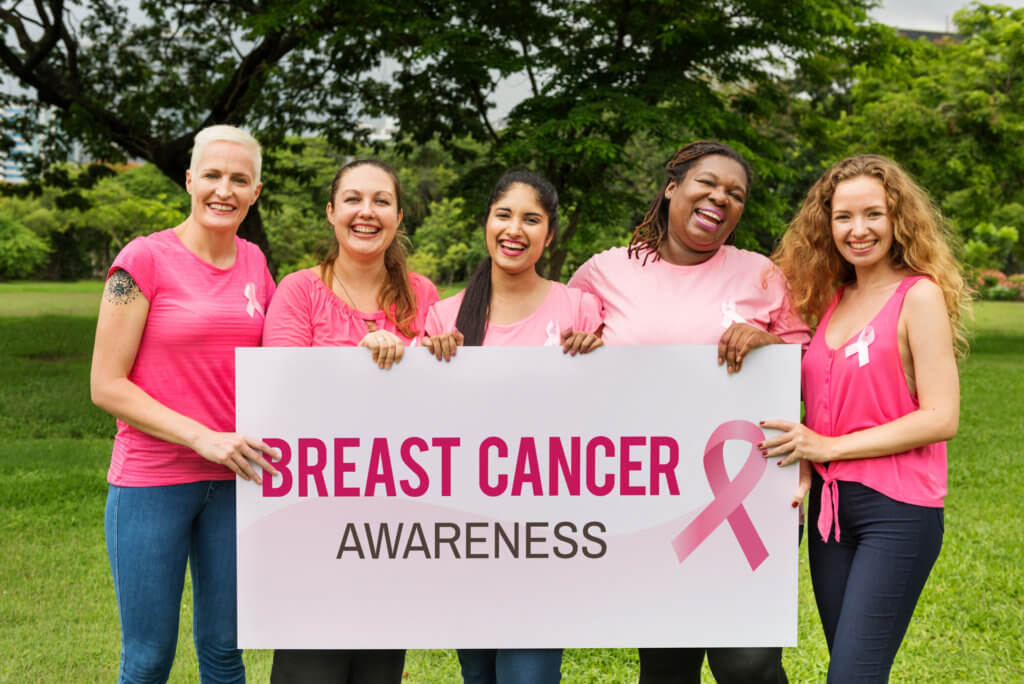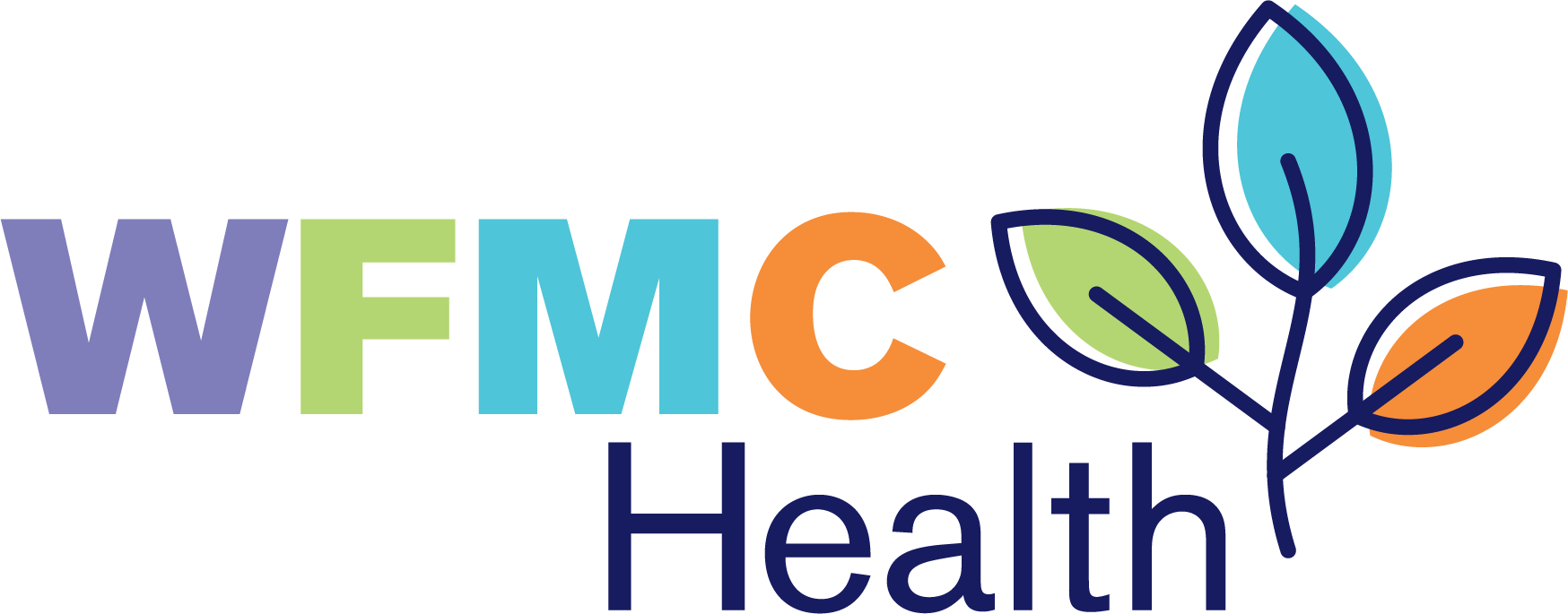Breast Cancer Awareness Month: Self-exam Tips
In October 1985, the first national organized campaign took place to increase public awareness of breast cancer. The U.S. Metastatic Breast Cancer Awareness Day is observed annually on October 13, and the entire month of October is dedicated to breast cancer awareness. Get involved and take control of your health by learning how to properly perform a breast self-exam.

Breast Cancer Self-exams Help Detect Breast Cancer Early
Women of all ages need to do consistent monthly self-check exams. Learning these three following techniques and practicing them faithfully can make all the difference in early prognosis and success of treatment if breast cancer is present.
1. Shower Breast Exam
With one arm lifted and your hand behind your head, use the other hand to perform this exam. Using the pads of your fingers, start with medium pressure and then push more firmly over and around the entire breast, including the armpit area. You are looking for thickening, lumps, hard knots, or any other breast changes. Reverse the process to examine the other breast while standing in the shower. You may want to choose the first day of each month or a date with special meaning to you to help you remember to perform the exam.
2. Mirror Breast Exam
Check both breasts visually while standing in front of a mirror with your arms down by your sides. Repeat with arms held straight up over your head. Look for any changes in shape or contour of the breasts, nipple changes, or skin dimpling. It is common for the left and right breasts to have some differences. By checking monthly, you will become used to the normal variations and be more likely to notice changes.
3. Lying-down Exam
Breast tissue spreads out evenly across the chest wall while lying down, which makes it easier to detect tissue changes. Put a pillow under your right shoulder and your right arm behind your head. As in the shower exam, examine all areas of the breast carefully for changes, inversion or discharge of the nipples, soreness of the breast or nipples, lumps, or areas of thickness.
Yearly Mammogram Can Detect Breast Cancer Earlier
Mammography can detect a breast lump before it can be felt. A mammogram can reveal tiny calcium clusters (micro-calcification) that could indicate breast cancer, a cyst, or some other benign change. Your doctor would then do further testing to diagnose the cause.
Together, breast self-exams and mammography can detect the presence of possible breast cancer early, and treatment will have a better prognosis. Reach out to the team at WFMC health for all your healthcare needs.
